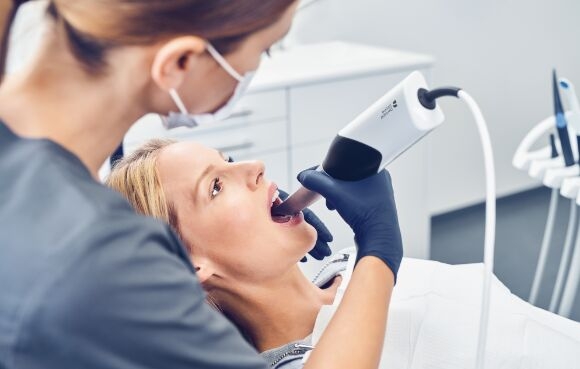With Michael Norton, BDS, FDS, RCS (Ed)
Osseointegration was said to be a direct contact between vital bone and the surface of a load-carrying implant, but in truth, it involves more than a bioinert integration. A greater understanding of the biological, biomechanical, and most recently, the immunological interaction between implant and bone has led to a clearer understanding of how to optimize osseointegration and develop an implant that protects bone. Throughout the history of implantology, there has been a widespread acceptance of marginal bone loss down to the first thread. This has been attributed to a variety of factors, including an initial adaptation to load, influence of microleakage at the implant-to-abutment junction, and the establishment of a peri-implant biologic width. This presentation will focus on both the theoretical and clinical evidence that will expose the truth about osseointegration and how an optimal implant surface and implant design can ensure marginal bone maintenance.
At the completion of this course, participants will be able to:
- Understand the impact of implant design on tissue response
- Understand the importance of surface technology
- Appreciate the clinical relevance of these concepts









